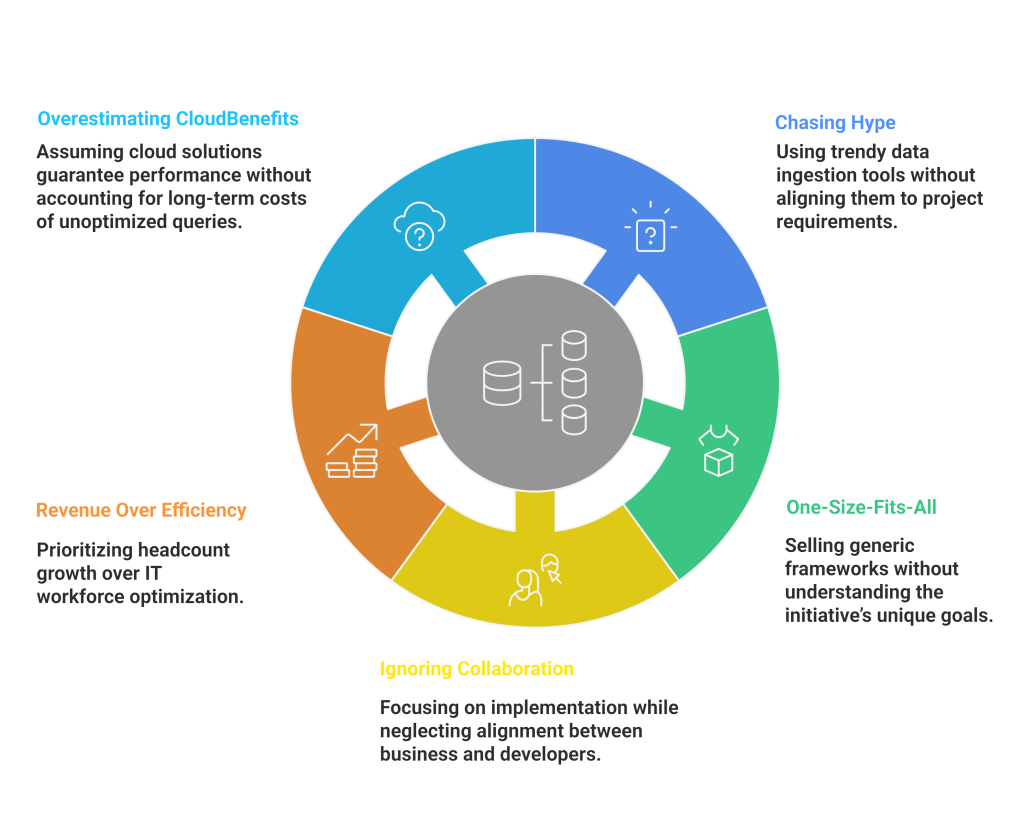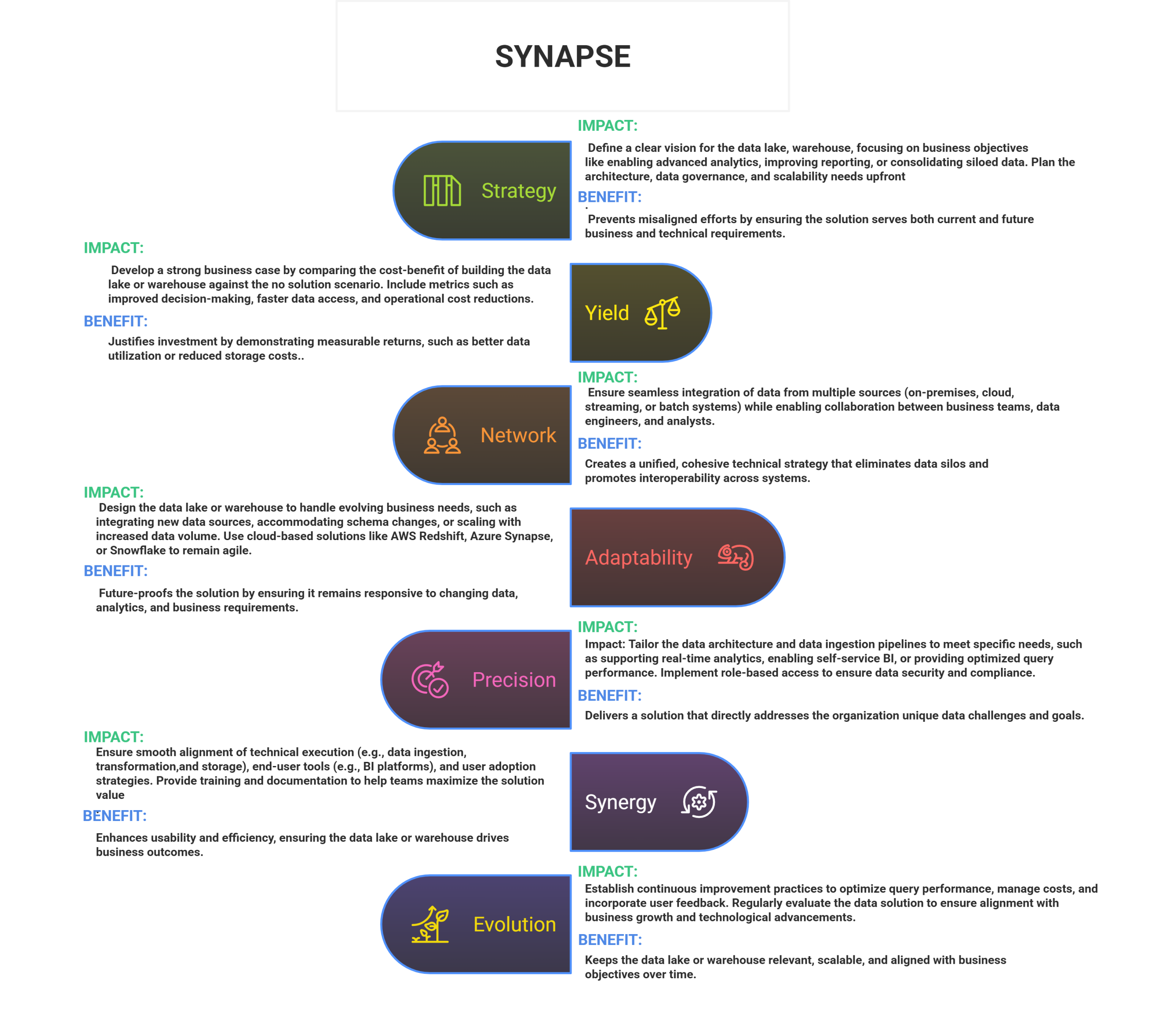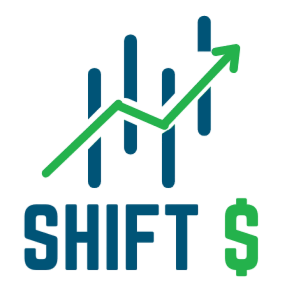- About Us
- Expertise Zone
- Success Stories
- Analytics Solution – Investment Bank
- Customer 360 – Retailer
- Data Lineage – Trading Exchange
- Data Quality – Financial Organization
- Leveraging Financial Information – Generative AI
- Data Privacy Program – Financial Organization
- Digital Transformation – Mobility Support
- Digital Transformation – Healthcare
- Work With Us
- Succeed Together
- 250 Main Street, 2nd Floor, USA
- support@example.com
- About Us
- Expertise Zone
- Success Stories
- Analytics Solution – Investment Bank
- Customer 360 – Retailer
- Data Lineage – Trading Exchange
- Data Quality – Financial Organization
- Leveraging Financial Information – Generative AI
- Data Privacy Program – Financial Organization
- Digital Transformation – Mobility Support
- Digital Transformation – Healthcare
- Work With Us
- Succeed Together
Revenue Acceleration
Revenue growth is the cornerstone of any successful business strategy, serving as the foundation for sustainable expansion and competitive advantage. In today’s dynamic market landscape, a company’s ability to scale and thrive hinges on its capacity to generate and optimize revenue streams. To achieve this, businesses must leverage actionable insights derived from sales data, analyzed across critical dimensions such as customer segments, product lines, and geographic regions. These insights empower organizations to make informed, data-driven decisions that fuel growth and profitability.
At the heart of this process lies robust data infrastructure. Modern data repositories, including data warehouses and data lakes, serve as centralized hubs for storing and managing historical transaction data. Through efficient data extraction, transformation, and loading (ETL) processes, these repositories are enriched with high-quality, actionable data. This data is then harnessed by advanced visualization tools to create intuitive dashboards and reports, providing the business community with real-time, actionable insights to drive strategic decision-making.
As a trusted consulting partner, we specialize in designing and implementing cutting-edge data solutions tailored to your business needs. From traditional data warehouses to modern, scalable cloud-based architectures like data lakes, data mesh, and data fabrics, we deliver end-to-end solutions that transform raw data into a strategic asset. Our proven track record of delivering highly effective results ensures that your organization is equipped to unlock new revenue opportunities, optimize operations, and achieve long-term growth.
The Evolution of Data Architecture: From Warehouses to Data Fabric
The journey of modern data architecture reflects the ever-growing demand for scalable, flexible, and intelligent data management. Traditional data warehouses were once the gold standard for structured data analytics—centralized, schema-on-write systems that supported batch processing and rigid querying. However, as data volume, variety, and velocity surged, these legacy systems struggled to keep up. Enter Hadoop, a game-changing distributed framework that enabled organizations to store and process unstructured and semi-structured data at scale, offering greater flexibility through schema-on-read models. Still, Hadoop’s complexity and lack of real-time capabilities prompted a shift toward cloud-based data lakes, which allowed businesses to ingest massive amounts of diverse data types into centralized repositories with elastic compute power.
As digital ecosystems expanded, data mesh emerged—decentralizing ownership by treating data as a product and empowering domain teams to manage and serve their own datasets with built-in governance and interoperability. Data fabric further advanced this concept by providing a unified architecture that intelligently connects, integrates, and manages data across hybrid and multi-cloud environments using AI and automation to ensure real-time access, security, and quality at scale.
Within this evolution, the role of columnar vs. row-based databases has become increasingly critical. Row-based databases (like MySQL or PostgreSQL) are optimized for transactional workloads, where entire records are frequently read or written. In contrast, columnar databases (like Apache Parquet, Snowflake, or BigQuery) are ideal for analytics, as they allow for faster aggregation, scanning, and compression by reading only relevant columns. Together, these architectures and storage formats form the backbone of today’s data-driven enterprises—enabling everything from operational reporting to advanced AI and machine learning at scale.
Cloud Architecture: The Backbone of Modern Analytics
Cloud architecture has fundamentally reshaped how organizations deploy and scale analytics solutions. By leveraging services from cloud providers like AWS, Azure, and Google Cloud, businesses can now access virtually unlimited compute and storage resources on demand—eliminating the need for costly on-premises infrastructure. This elasticity allows teams to rapidly ingest, process, and analyze massive datasets in real time, supporting everything from interactive dashboards to machine learning pipelines. Cloud-native tools like BigQuery, Redshift, and Databricks integrate seamlessly with scalable storage, enabling high-performance analytics across structured and unstructured data. With built-in features such as autoscaling, managed security, and global accessibility, the cloud empowers organizations to democratize data access, accelerate insights, and drive innovation without compromising on governance or performance.
How we are different from typical consulting and solution providers?
Drawing from our extensive experience in implementing data analytics solutions across diverse industries, we’ve identified common approaches taken by technology consulting vendors—and their potential repercussions. These insights are encapsulated in the infographic below, which highlights key challenges and opportunities in the data analytics landscape.

Our Unique Approach:
With 15 years of experience in the data analytics domain, we’ve evolved alongside the industry—from tuning Oracle instances and optimizing queries with hints to designing complex star schemas and architecting modern data lakes on cloud platforms like AWS Redshift, Azure Synapse, and Snowflake.We deeply understand the pivotal role robust analytics solutions play in driving strategic growth forcompanies.
Our Technical Mindfulness (TM) framework, tailored for analytics solutions, is illustrated below.

